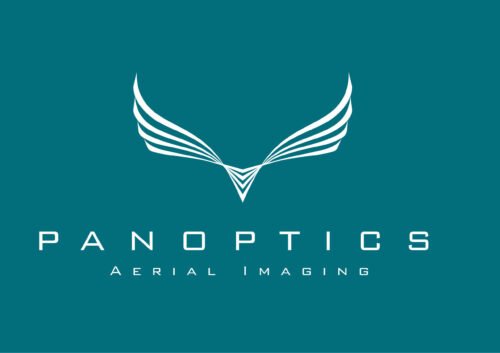In recent years, Unmanned Aerial Vehicles (UAVs) have become increasingly popular in various industries, including architecture. These small, remote-controlled aircraft offer architects and designers a new tool to enhance their workflow and improve project outcomes.
One of the key benefits of using UAVs in architecture is the ability to capture high-resolution aerial imagery. By equipping UAVs with cameras, architects can easily obtain detailed photographs and videos of a site or building. This aerial perspective provides valuable insights and allows for a more comprehensive understanding of the project. Architects can use these images to assess site conditions, analyze topography, and even create 3D models using photogrammetry techniques.
UAVs also offer architects the opportunity to conduct site surveys and inspections more efficiently. Instead of relying on traditional methods such as manual measurements or ground-based surveys, architects can deploy UAVs to quickly capture accurate data. This not only saves time but also reduces the risk of human error. UAVs can be programmed to fly predefined paths, capturing images and collecting data along the way. This data can then be used for site analysis, design development, and even construction monitoring.
Furthermore, UAVs can be used to create stunning visualizations and presentations. By combining aerial footage with computer-generated graphics, architects can showcase their designs in a more engaging and realistic manner. This can be particularly useful when presenting projects to clients or stakeholders, as it allows them to visualize the final product in its intended context.
In conclusion, UAVs have revolutionized the architectural workflow by providing architects with a new set of tools and capabilities. From capturing high-resolution imagery to conducting efficient site surveys, UAVs offer numerous benefits that can enhance the design and construction process. As technology continues to advance, we can expect UAVs to play an even more significant role in architecture in the future.
